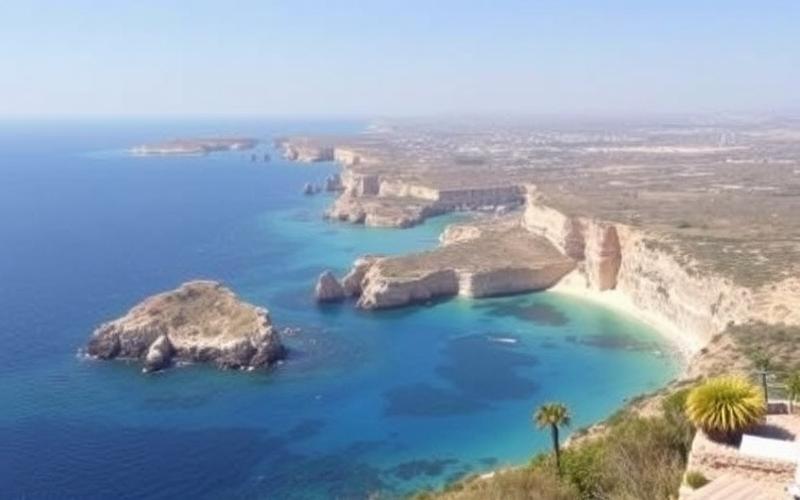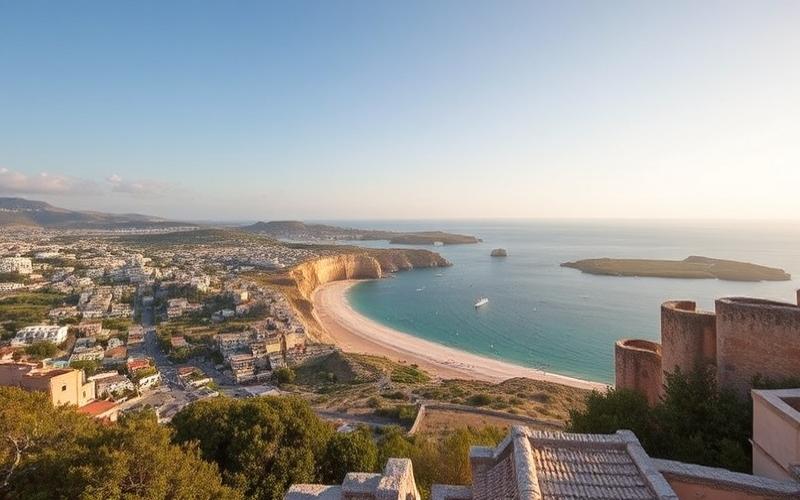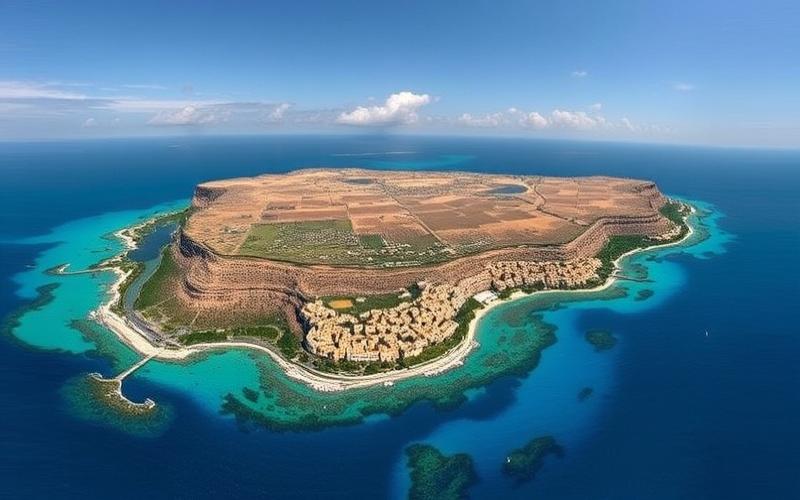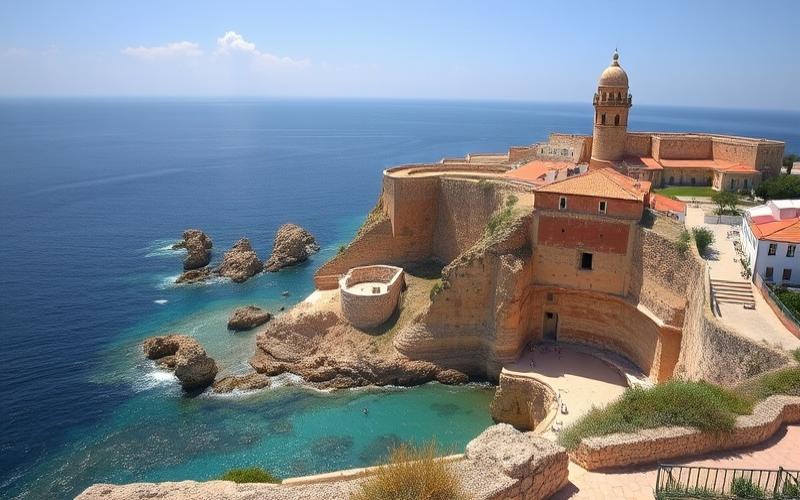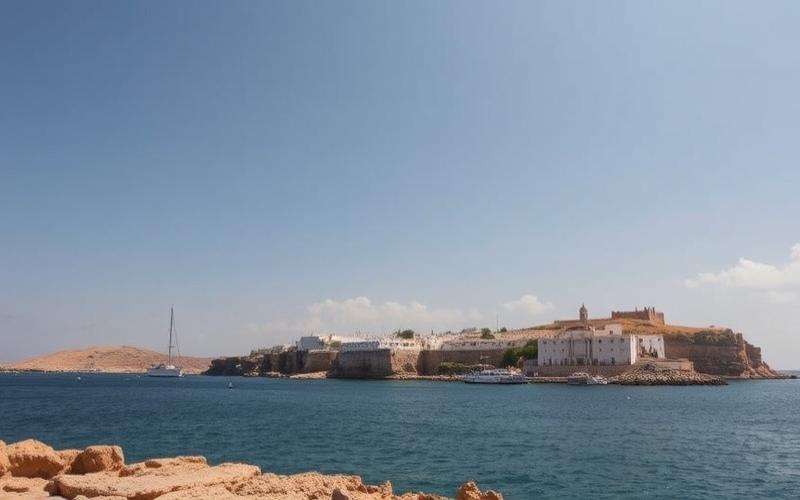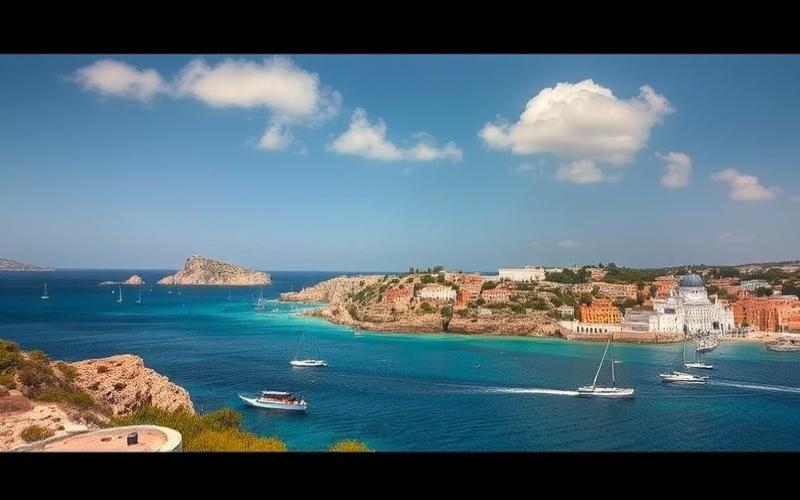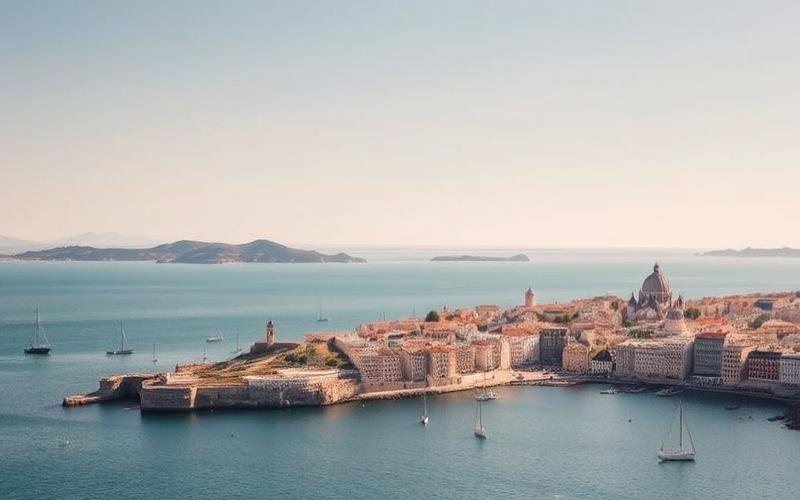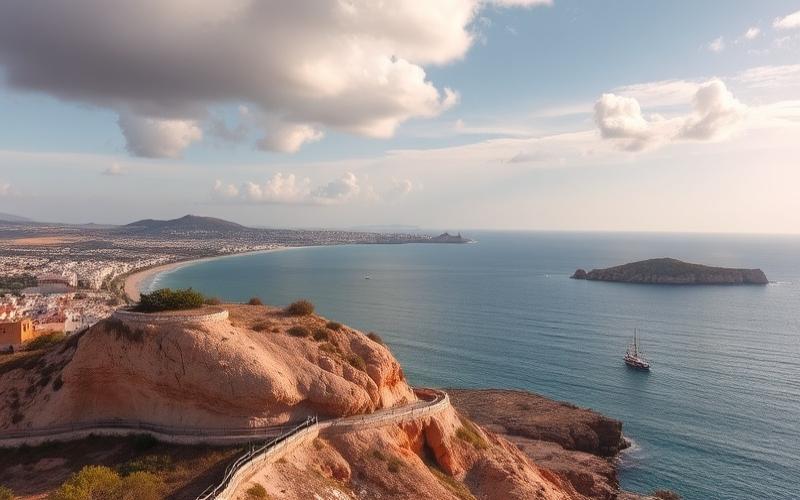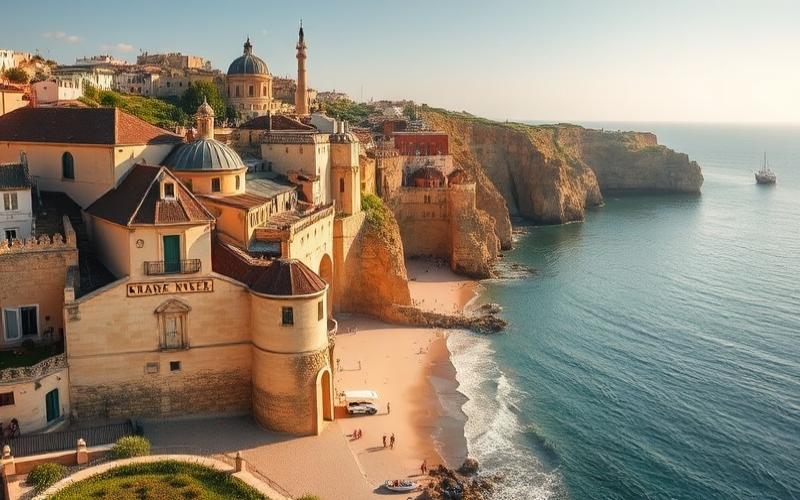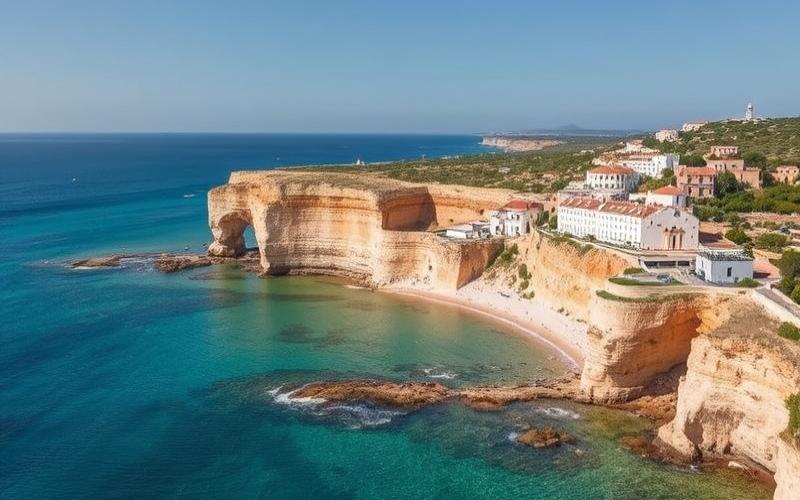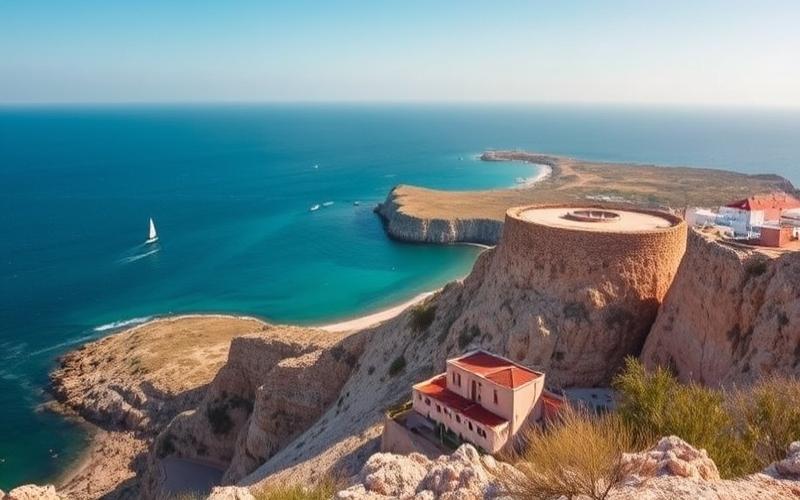
 Published on and written by Cyril Jarnias
Published on and written by Cyril Jarnias
Malta, a small Mediterranean archipelago, offers a well-developed public transportation network that makes getting around the islands easy. Whether you’re a newly arrived expatriate or a long-term resident, this guide will provide you with all the essential information to efficiently use Maltese public transport.
An extensive bus network to travel across the archipelago
The main mode of public transportation in Malta is the bus. The Tallinja network, operated by Malta Public Transport, serves the entire main island and Gozo.
Over 80 bus lines reach most towns and villages, with generally high frequency on main routes. Buses run from approximately 5:30 AM to 11:00 PM, with night service on weekends.
Major transfer hubs are located in Valletta, Sliema, St Julian’s, and at the airport. From these points, you can easily connect to your final destination.
Practical tip: Download the Tallinja app for real-time schedules and trip planning. Delays are common during rush hour!
Good to know:
Buses can be crowded during summer and rush hours. Allow extra time for your trips and be patient.
Getting around by water: ferries and water taxis
To travel between different islands or cross Valletta’s Grand Harbour, several options are available:
– Ferries provide connections between Malta, Gozo, and Comino. The Cirkewwa (Malta) – Mgarr (Gozo) crossing takes about 25 minutes.
– Traditional water taxis called “dghajsa” allow crossing the Grand Harbour between Valletta and the Three Cities. A picturesque experience not to be missed!
– Water shuttles also connect Valletta to Sliema in just a few minutes.
These nautical options often provide a faster and more pleasant alternative to buses during rush hours.
Taxis and ride-hailing services: convenient but more expensive
For more flexibility, you can choose taxis or ride-hailing services like eCabs or Bolt. They’re available 24/7 but significantly more expensive than public transportation.
The base fare is approximately €10, plus €2 per kilometer. For a Valletta – St Julian’s trip, expect to pay between €15 and €25 depending on traffic.
Tip: Prefer ride-hailing apps that display fixed fares upfront to avoid unpleasant surprises.
Transportation budget for an expatriate: how much to plan for?
The cost of public transportation in Malta remains very affordable compared to other European countries. Here’s an estimate of monthly expenses for an expatriate:
– Unlimited bus pass: €26/month with personalized Tallinja card – Occasional ferry trips: €10-€20/month – Some taxi rides: €30-€50/month
Total budget: €70-€100 per month for regular use of public transportation and some taxis.
This budget can be reduced to €30-€40 if you only use buses and opt for the personalized Tallinja card, which offers free travel on the network.
Good to know:
Permanent residents can benefit from completely free public transportation with a personalized Tallinja card. A great savings!
Practical tips for using Maltese transportation effectively
To conclude, here are some tips to optimize your travel in Malta:
– Purchase a Tallinja card upon arrival to benefit from preferential rates. – Avoid rush hours (7:30-9:00 AM and 4:00-6:00 PM) if possible, as buses are often crowded. – Signal the driver at the bus stop, otherwise they might not stop. – Allow extra time for your trips, as delays are frequent. – Combine buses and ferries to optimize certain routes, particularly to Gozo. – Download the Tallinja app for real-time schedules.
By following these tips, you’ll be able to get around Malta efficiently while controlling your transportation budget. Don’t hesitate to try different options to find what works best for you!
Good to know:
Despite occasional inconveniences, Malta’s public transportation network remains generally efficient and makes it easy to manage without a car for daily needs.
Disclaimer: The information provided on this website is for informational purposes only and does not constitute financial, legal, or professional advice. We encourage you to consult qualified experts before making any investment, real estate, or expatriation decisions. Although we strive to maintain up-to-date and accurate information, we do not guarantee the completeness, accuracy, or timeliness of the proposed content. As investment and expatriation involve risks, we disclaim any liability for potential losses or damages arising from the use of this site. Your use of this site confirms your acceptance of these terms and your understanding of the associated risks.


